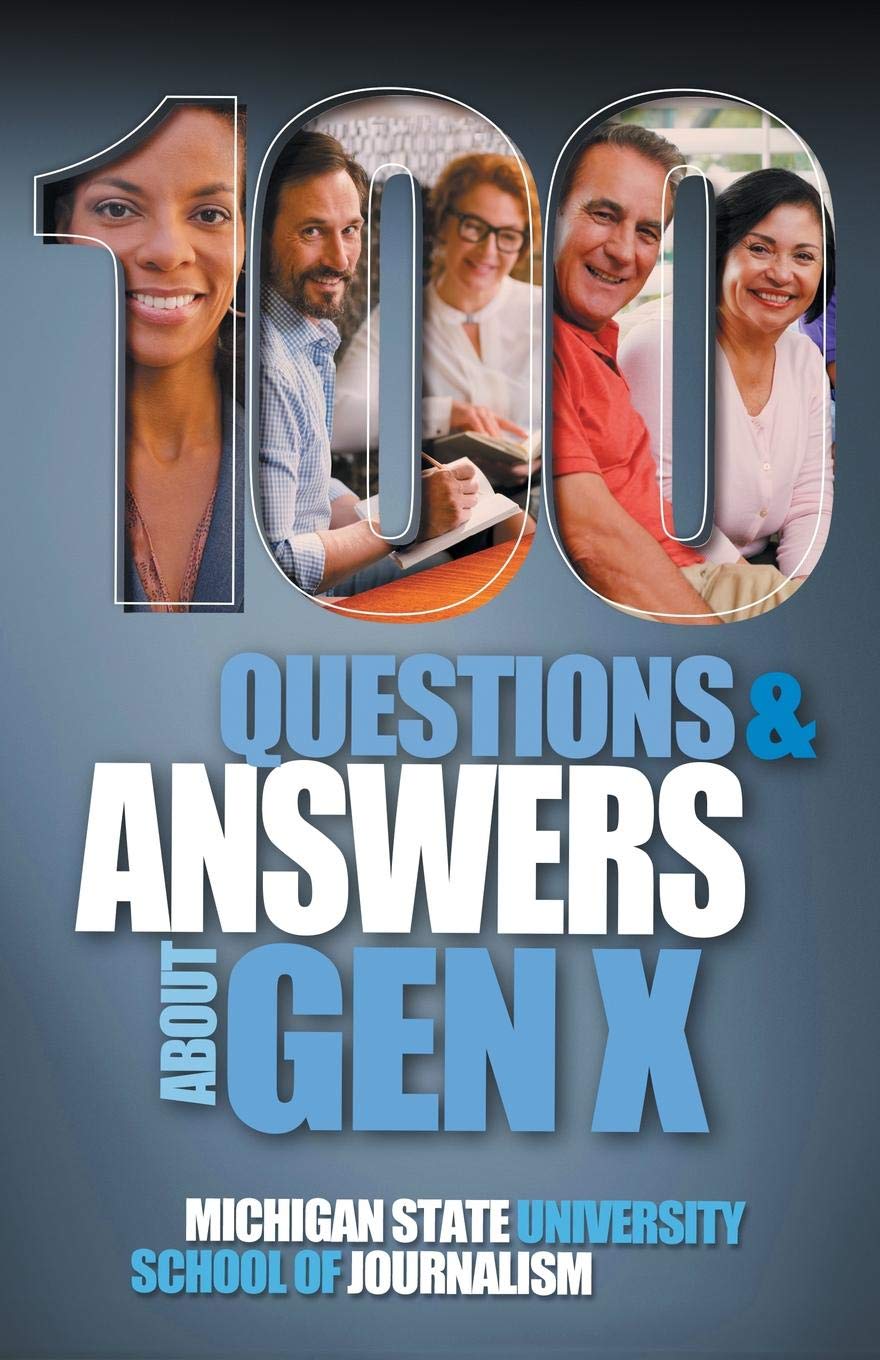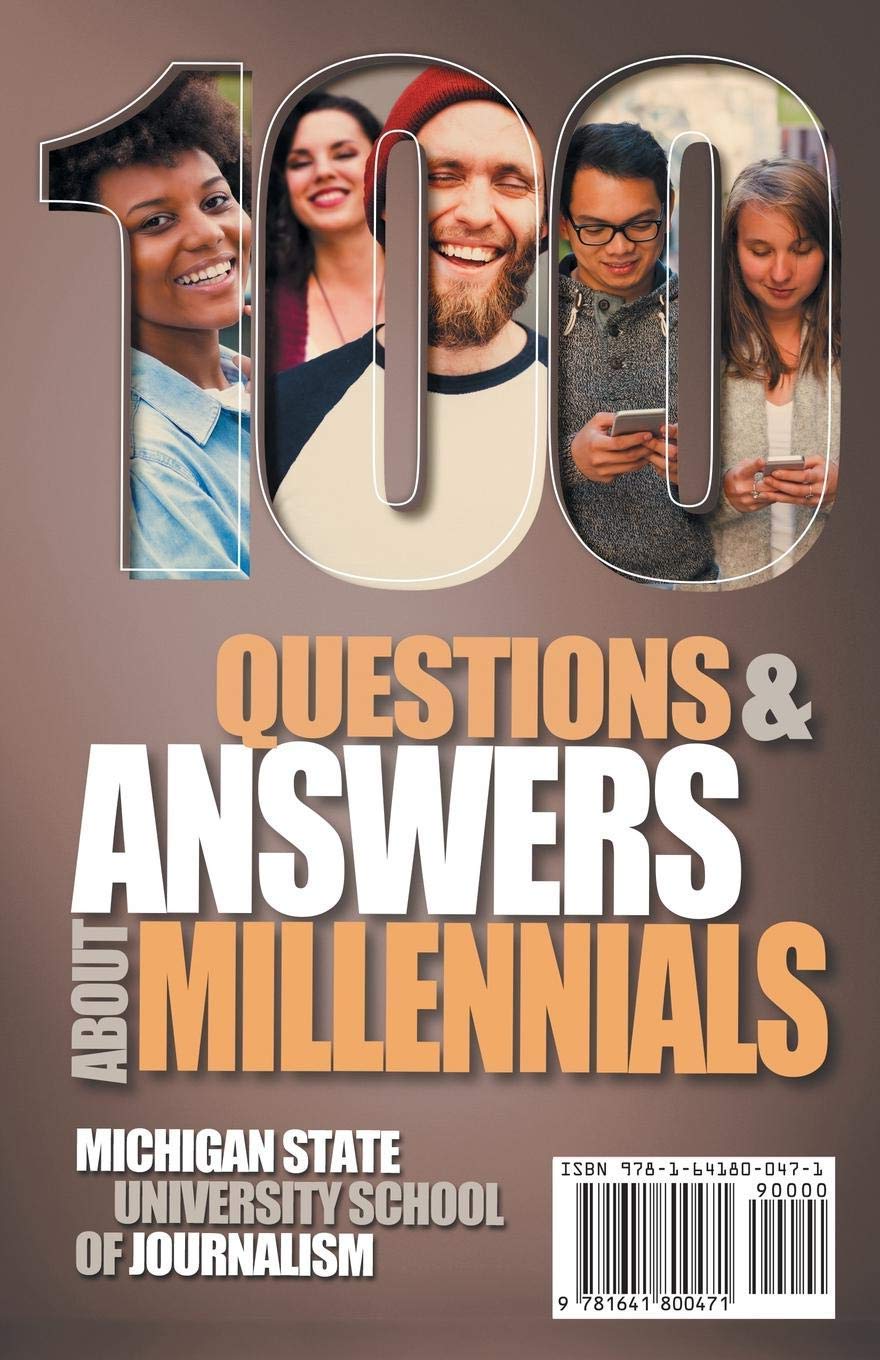By DAVID CRUMM
Editor of ReadTheSpirit magazine
We all know about Millennials and Gen Xers, right?
To be honest, we should say that we think we sorta, kinda know about these generations that are powerfully reshaping America.
To test the need for this new double-sized, double-cover guidebook by the Michigan State University School of Journalism Bias Busters project—I asked a dozen ordinary folks about these huge groups.
I gave them a two-question Pop Quiz.
Q: What’s a Millennial?
Real responses included:
- “They’re the youngest adults, aren’t they?”
- “People born around the year 2000.”
- “People who grew up with the Internet from the time they were babies.”
Q: What’s a Gen Xer?
- “They’re teenagers now—or kids—or, at least, young. Is that right?”
- “They’re younger than the Millennials—or we could say the next group after the Millennials.”
- “They were babies when iPhones were born.”
Answers:
If you answered like these friends I quizzed without warning, then—sorry to say—you failed this Pop Quiz.
So what IS a Millennial?
The correct answer from the new MSU Bias Busters book is: “People born from the very early 1980s to the mid 1990s are, by most definitions, Millennials. … The United States has 73 million Millennials. They succeeded Baby Boomers as the largest living generation and will be surpassed by the post-Millennials.”
In case you’re keeping score, that means those three answers I got from ordinary folks about Millennials were wrong with the possible exception of the “grew up with the Internet.” The Internet became a widespread phenomenon in the second half of the 1990s, so that one description is sorta, kinda correct for some Millennials.
What IS a Gen Xer?
In fact, Gen Xers are older, not younger, than the Millennials—so the three answers I quoted above were flat-out wrong. Perhaps you know the right answer and I simply asked a confused bunch of people. Maybe.
To set the record straight, the Bias Busters book defines Gen Xers this way: “Generally people born from the mid 1960s to the late 1970s or early 1980s are called Generation X. … This is a smaller generation than the ones that came before and after. There were an estimated 66 million Gen Xers in the United States in 2015. Then, the Millennials overtook them.”
Maybe you knew a lot more than my friends. Still, that Pop Quiz is humbling for most folks.
But, wait! Is this One or Two Books?
It’s a Millennial book! It’s a Gen X Book! No, it’s two, two, two books in one!
By the way, Baby Boomers and some Gen Xers just recognized that as a play on the old Certs breath mint commercial from the 1960s and 1970s. Millennials? They probably think there’s a typo in my repetition of the word “two.” That’s how generational differences work.
We all know pop cultural references, right?
In fact, we don’t.
However we say it: There are two books here, bound together as a single volume. The book’s main Amazon page displays the Gen X cover—but this book is bound so that readers can flip it over to discover the second front cover, the Millennial cover.
Readers can start reading from either cover—and they’ll meet in the middle of this “double volume” in the Bias Busters series.
Why Should We Learn about these Generations?
Every day, millions of Americans ask: “Why can’t we get along?”
One major reason is that four distinctly different generations now are working side by side. That’s why community leaders—from employers to educators, health care workers to sales representatives, public safety officers to pastors need a copy of the MSU School of Journalism’s latest guides to cultural competence. This subject touches on so many issues in daily life that the MSU Bias Busters team is publishing in a new format—a double-volume called 100 Questions and Answers About Gen X and 100 Questions and Answers About Millennials.
This volume is useful to a wide range of Americans:
- Media professionals: How do we reach these folks?
- In business and marketing: How do they manage and spend money?
- In the food industry or in organized religion: What do these young adults want?
The list goes on and on, making this new MSU double-volume an essential resource in homes and offices nationwide. These MSU experts are answering in plain language the questions everyone is asking—and no one seems to be answering. Generational thinking is a shortcut to understanding and reaching millions.
This new generations guide is written for those who want authoritative answers about these important generations—providing valuable insights into how we can work together more effectively. This is a starting point for people in business, educators, government, marketing, law enforcement, human resources and journalism who want to get a fast grounding. The guide suggests resources for those who then want greater depth. Each guide has sections on demographics, seismic events, values, technology, pop culture, education, work, money, sex and love, and politics.
Some of the 100 Questions asked and answered
- Why is Gen X smaller than other generations?
- How did 9/11 affect Gen X?
- Where do Gen Xers get news about politics?
- How do Gen Xers spend their money?
- What traits are attributed to Millennials?
- Do Millennials have short attention spans?
- Do Millennials chafe under authority?
- What is some Millennial slang?
Care to Learn More from Bias Busters?
Other guides in the series include:
- 100 Questions And Answers About Immigrants,
- 100 Questions and Answers About African Americans,
- 100 Questions and Answers About Sexual Orientation,
- 100 Questions and Answers about Hispanics & Latinos,
- 100 Questions & Answers about Muslim Americans,
- 100 Questions and Answers about Veterans,
- 100 Questions and Answers About Police.
For a complete list, please see www.FrontEdgePublishing.com/bookstore. Or learn more by visiting the Bias Busters homepage at MSU.


